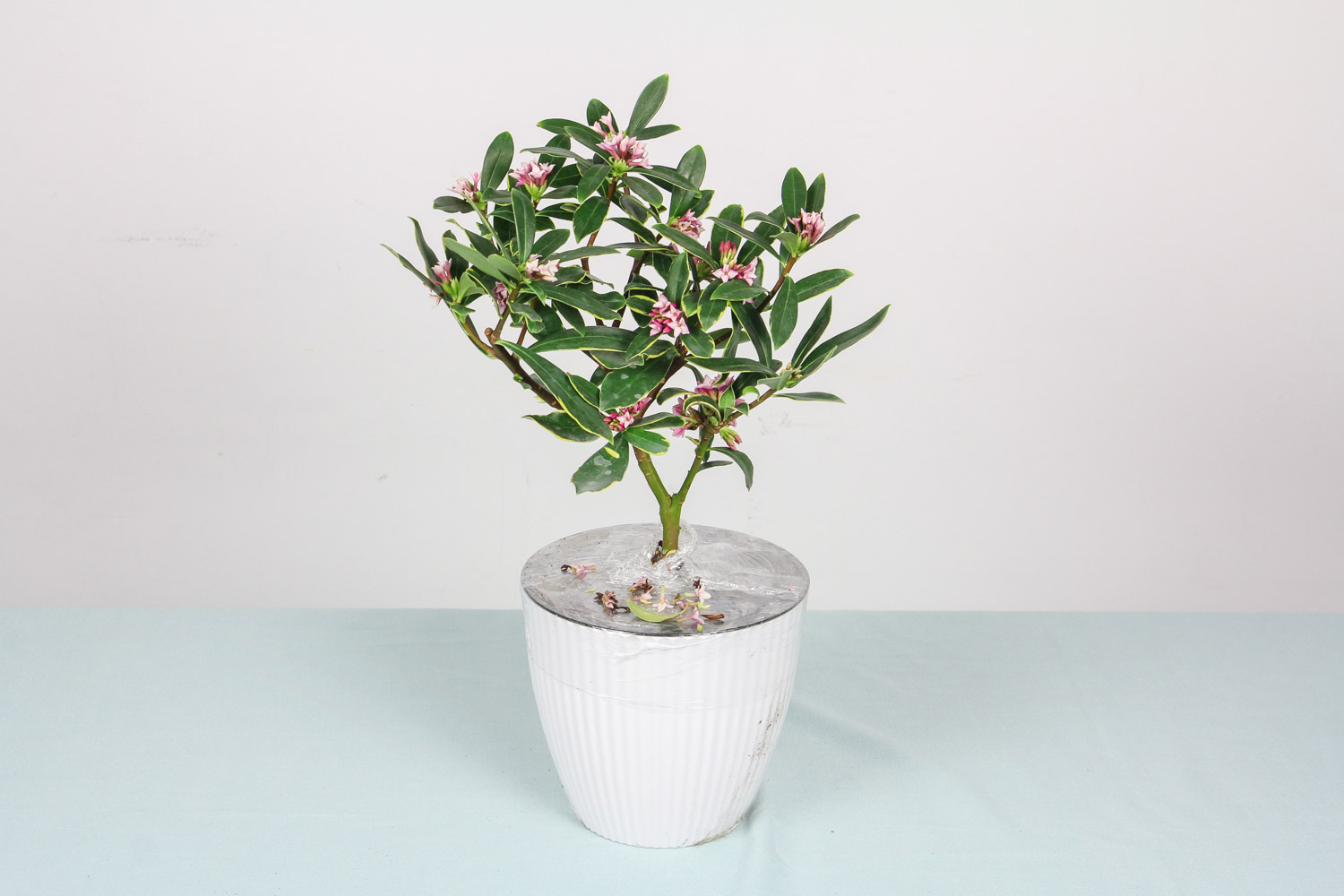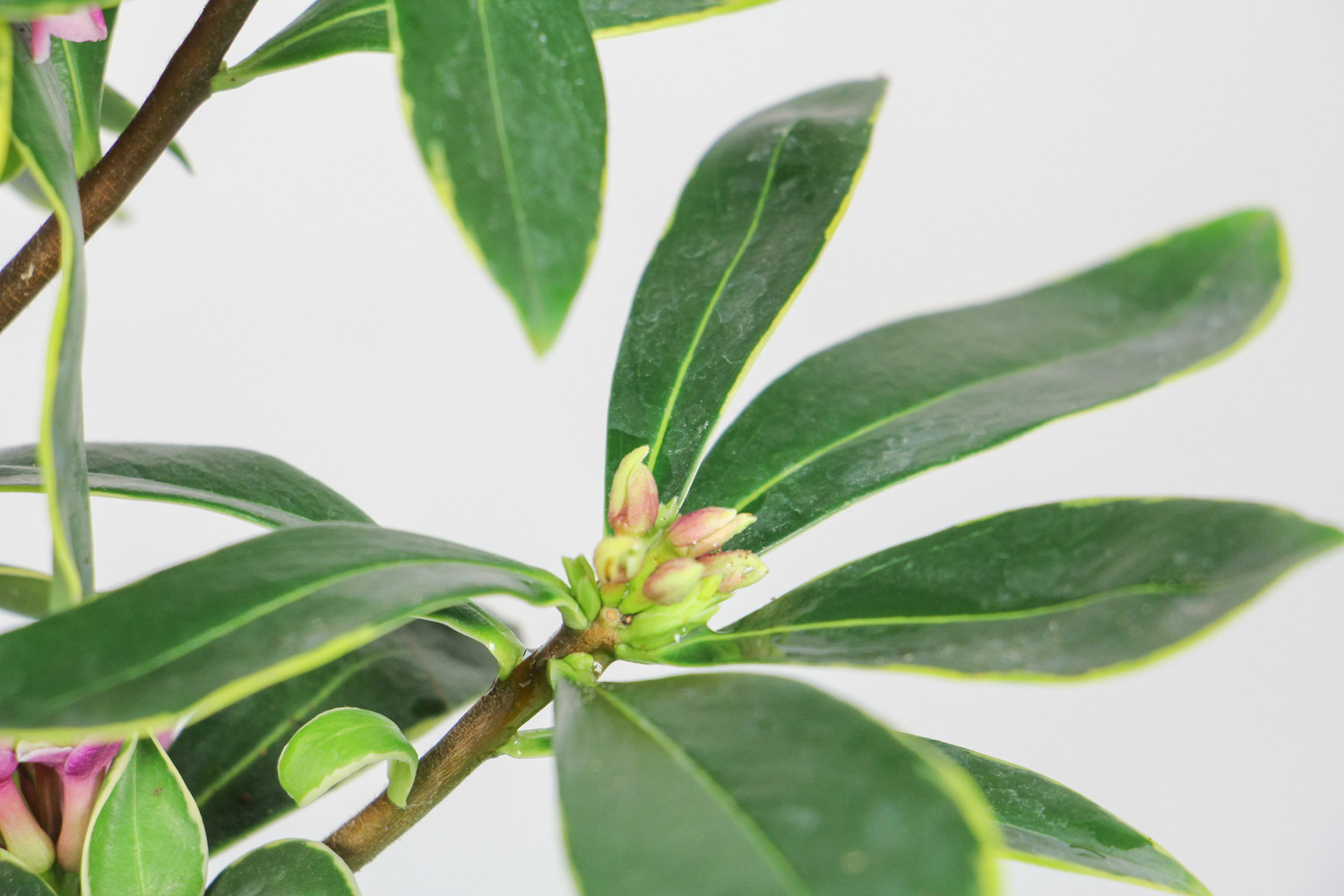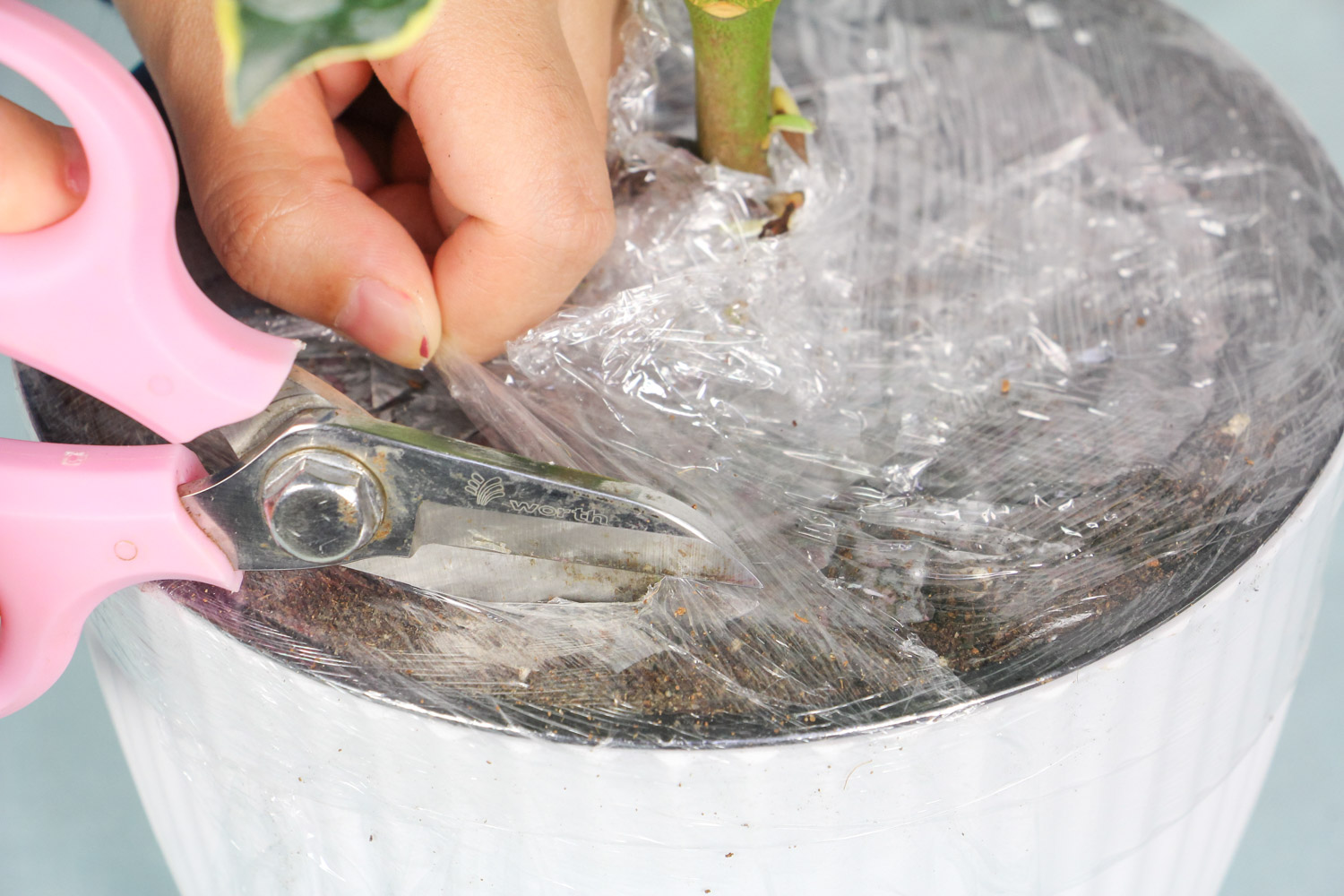1、 Soil
The basin soil of Daphne odora is best to use the acidic rotten leaf soil with rich humus content. Alkaline soil must not be used. It can be mixed as the basin soil according to the ratio of mountain soil (garden soil): rotten leaf soil (pine needle soil) = 5:2
2、 Watering
The root of Daphne odora is fleshy, so you should pay attention to watering less and not more. Once watered too much, the basin soil is in a wet state for a long time, which is easy to cause root rot. After the rain, the accumulated water in the basin shall be poured out in time. After frost, the water content of basin soil should be controlled at about 45%

3、 Fertilization
First of all, we should apply enough base fertilizer in winter. In spring, you should apply 2 ~ 3 thin cake fertilizer and water, and pay attention to the rotten. Stop fertilizing in summer to avoid burning roots. Thin fertilizer should be applied frequently in autumn until it blooms. After the flower buds are born, the branches and leaves can be sprayed with potassium dihydrogen phosphate. Generally speaking, it likes fertilizer. During the growth period, it is best to pour liquid fertilizer every 10 days. Pay attention to the low concentration of liquid fertilizer. In addition, we should pay attention not to use human excrement and urine as its fertilizer
4、 Illumination
Daphne odora likes a semi cloudy environment and can't be exposed to the hot sun. However, the temperature is low in winter and spring, so it should be placed in an environment with light. It should be placed in a well ventilated shade in summer. When it is too hot, it can be sprayed with water appropriately

5、 Precautions
1. Pruning
This kind of plant is more resistant to pruning, and the dense branches can be cut off before germination, which is convenient for ventilation and light transmission. Pruning it after the flower can maintain a beautiful flower shape. The branches where the residual flowers are located can be cut short, and the bare branches, Cross branches, over dense branches, overlapping branches and other branches that affect the beauty of the tree shape can be cut off
2. Change Basin
Changing pots is generally carried out after flower withering, usually every 2-3 years. When changing the basin, you can remove about 2 / 3 of the old soil, or replace all the old soil with new soil. While changing the basin, you can cut off some long roots and carry out appropriate root lifting


 jackfruit
jackfruit snake plant
snake plant hibiscus
hibiscus hydrangea
hydrangea lavender
lavender Green roses climb al...
Green roses climb al... If you don't pay att...
If you don't pay att... Management of four g...
Management of four g...

































